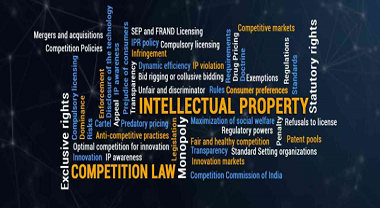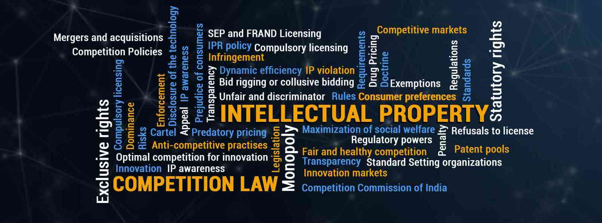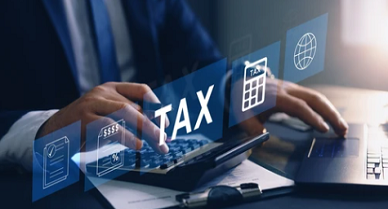Monsanto Case: Reiterating the Debate of Competition and IPR
The interface between the intellectual property and competition law has sparked a lot of debate across the globe regarding its applicability. This interface aims at creating an environment where an effective and conducive business opportunity can be relied upon. Competition Law promotes efficiency whereas Intellectual property aims at promoting efficiency. Courts internationally have been dealing with such disputes, where certain very interesting observations were made. The statutory protection attributed to the intellectual property is not only for the reason of providing incentive but also for providing an economic right assuring financial growth to the IP holder for using his IP. On the other hand, Competition law aims at maintaining a balance between different activities such as mergers, monopolies, and commercial activities. The balance is thus maintained resulting in a reliable business-friendly environment. Various academicians and other scholars have often reiterated regarding the reconciliation of intellectual property and competition law.
[Image Source: https://www.ficciipcourse.in/ipcomp/]
Facts of the case
The fact of the case pertains to the interplay of competition and intellectual property. In 2016, the CCI directed the Director-General to commence an investigation into allegations of violation of Section 3 & 4 of the Competition Act based on an application filed by the informants under Section 33. Three cases were filed by different parties, Department of Agriculture and Cooperation of the State of Telangana, the All India Kisan Sabha, and the National Seed Association of India (Cases 1, 3, and 10 of 2016) against Mahyco Monsanto Biotech (India) Limited and Monsanto (US) regarding the terms of the license for their patent – Bacillus thuringiensis (Bt) technology. The main contention put by the informants was that the petitioner has abused its role as the dominant participant for the marketplace of Bt Cotton Seeds and charging high trait fees.
Analysis
Various issues were put into question in this case. The major of it was adjudicating the jurisdiction of CCI to entertain a complaint with regards to an exercise of the right by the patent holder. An almost similar situation was also dealt with in the case of Ericsson vs. CCI, wherein the court dealt with the condition of patent licensing in standard-essential patents. The court, in Ericsson, delved upon the issue of exclusion of the applicability of the Competition Act in lieu of the abusive conduct of the dominant patent holder, since this will be dealt with under the Patent Law. The petitioner contended that since the patent act is a special act, it ought to prevail over the competition act. The court, in Ericsson, held that both the law are special in their respective domain and there were no such irreconcilable differences between the two laws.
The contention put in the Monsanto case by the petitioner was that the patent law governs all the aspects being aroused in its domain, concerning any practice or contract arising out of the patent, which also includes any such abuse of dominance issues in the patent. The petitioner cited the Bharti case as well in which the jurisdiction of Controller of Patent and TRAI regulator was discussed in which it was decided that the initial authority to decide the jurisdictional fact must lie with the Controller, thereby contending that Bharti overruled Ericsson case. The controller will be the one to decide the jurisdictional facts and not CCI.
The High Court did not accept the view of the petitioner’s contention being based upon the Bharti case. The Court validly differentiates the function of TRAI regulator, as in the case of Bharti, and CCI functioning and also concerning TRAI and the controller of the patent. The Court held that the said judgment was “not an authority for the proposition that whenever there is a statutory regulator, the complaint must be first brought before the Regulator and examination of a complaint by the CCI is contingent on the findings of the Regulator. Interpreting Section 3(5), the court was of the view that it, in any case, did not provide any freedom to the patent holder to make and add any such condition in the licensing term.
The filing of patents is rising and it will not be less in the days to come. These cases will come up since the monopoly right brings in itself anti-competitive practices. The jurisdiction of the patent controller cannot be ousted but this, in any case, will not undermine the jurisdiction of CCI. Upholding the CCI’s jurisdiction regarding the alleged anti-competitive practices for the protection of Patent Rights, the court has made it clear that the domain of CCI and Patent Controller are not in conflict.
Author: Saransh Chaturvedi (an advocate) currently pursuing LLM from Rajiv Gandhi School of Intellectual Property Law (IIT Kharagpur). In case of any queries please contact/write back to us at support@ipandlegalfilings.com.




